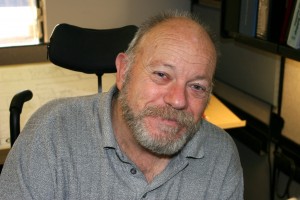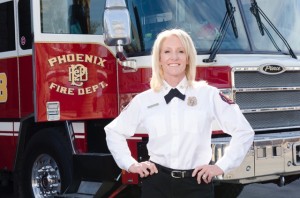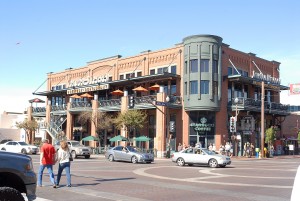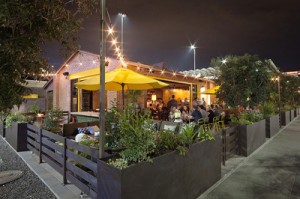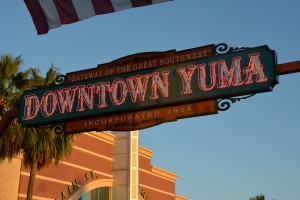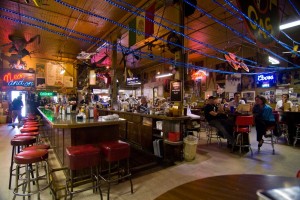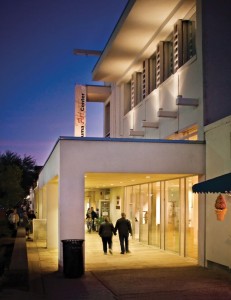Water Resources Coordinator
Town of Marana

No matter who we are, what continent we live on, or our circumstances, the need for water is one common thread we all share.
Perhaps that’s why Asia Philbin was drawn to the field of water.
Having been the child of a father in the Navy, Asia was born in Naples, Italy and traveled Italy, Spain, France and the UK with her parents as an infant. While her primitive years aren’t ingrained in memory, Asia certainly believes her early-aged treks led to a love of travel she still carries with her.
Following her beginnings in Europe, Asia grew up in northeastern and central Pennsylvania in Scranton and State College. Both of her parents also grew up in Scranton. She went on to attend the University of Miami, Coral Gables in Florida to earn a bachelor’s degree in science, marine science and geology.

For more than a decade, Asia worked with the City of Tucson as a hydrologist. Most recently, she joined the team at the Town of Marana where she works as the Water Resource Coordinator. In her capacity, she deals with water resources, water and wastewater system assets, and energy management. She is also coordinating the design and construction of a facility to recharge the treated effluent from the wastewater treatment plant. The project is helping provide water resources for the growth planned by the town. She believes it is a great opportunity to create a multi-benefit project that incorporates public amenities and natural enhancements for wildlife.
She also believes in bringing water to people throughout the world.
While in graduate school at the University of Arizona, she heard a presentation from the Water for People Committee of Arizona. At the time, she learned, two billion people lacked access to safe drinking water – Asia was inspired to join their volunteer group.
When she began working with the City of Tucson, Asia soon learned that her director and many coworkers also volunteered with Water for People. As public servants whose roles involved bringing safe water and sanitation and human health to their communities, they viewed working with the organization as a natural extension of their day job.
At Tucson Water, she helped form a subcommittee that would focus on events to connect people in the water industry while raising much-needed funding for projects. Their events now include two golf tournaments, the Run for World Water (Phoenix-area), Team Pedal With Purpose at El Tour de Tucson, and a newly added wine tasting.
Because of help from individuals like Asia, over the past decade, Water for People has helped reduce the number of people without access to safe drinking water. The number is still a staggering 1.8 billion people and the organization is committed to helping four million more gain access to safe water and adequate sanitation.
Working with the Town of Marana for the last 18 months, Asia has come to enjoy the positive work environment the town provides, the coworkers and the multi-benefit projects.
“It’s important to me to enjoy working with people I see every day, and also to be supporting a larger vision for the town and the community,” said Asia.
She certainly has a large vision for the world’s community and is making a lasting impact by helping bring water to the citizens of Marana, Arizona and people around the world.



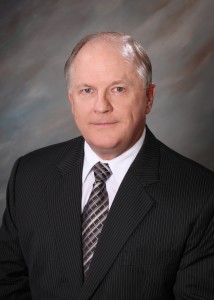
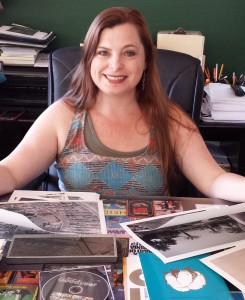

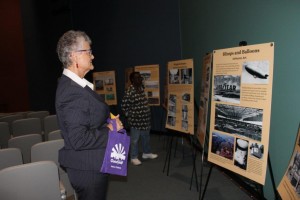 Those images now can be seen on 20 different displays, each depicting Goodyear’s beginnings through its founder – Goodyear Tire and Rubber Co. Executive Paul Litchfield, the town’s history in cotton growing, and its rich history in defense and aerospace industries through Goodyear Aerospace and Lockheed Martin. Then, there’s the story of Goodyear’s rapid growth just before it became the spring training home of the Cleveland Indians and Cincinnati Reds.
Those images now can be seen on 20 different displays, each depicting Goodyear’s beginnings through its founder – Goodyear Tire and Rubber Co. Executive Paul Litchfield, the town’s history in cotton growing, and its rich history in defense and aerospace industries through Goodyear Aerospace and Lockheed Martin. Then, there’s the story of Goodyear’s rapid growth just before it became the spring training home of the Cleveland Indians and Cincinnati Reds.